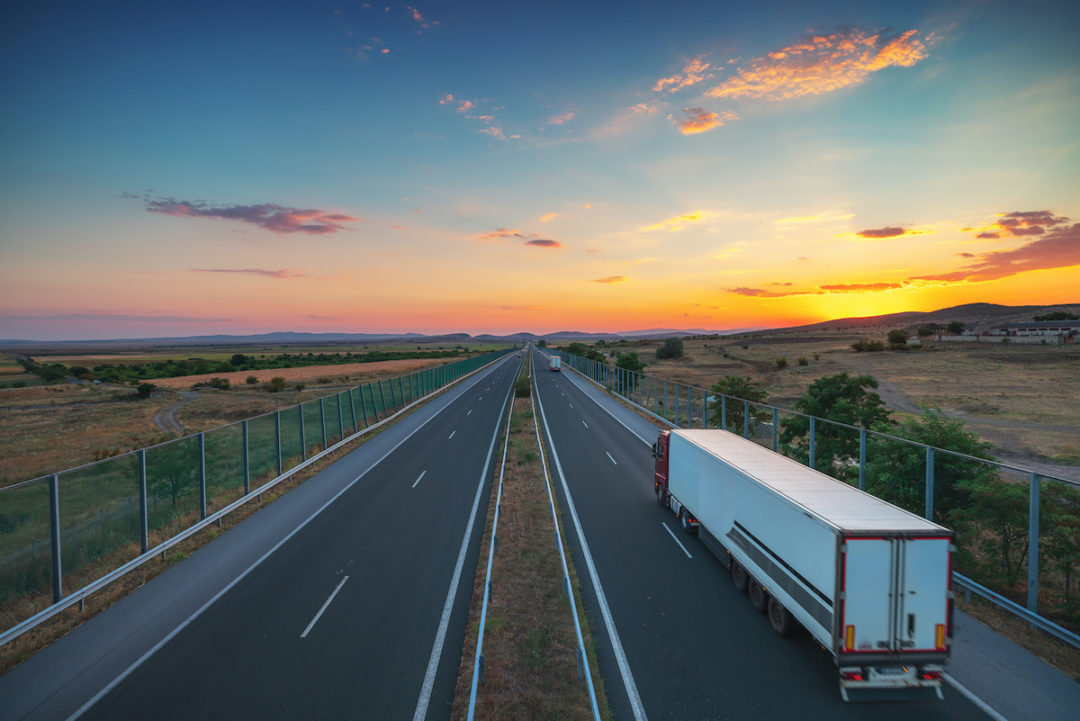
The journey from New York to Los Angeles typically takes a human truck driver five days to complete. Autonomous trucks can do it in 48 hours. The benefits for trucking companies are clear: Freight will arrive at destinations faster, operating with fewer or even zero breaks, and with consistent, fuel-efficient mileage.
The global autonomous truck market is projected to grow from $33 billion in 2023 to $67.73 billion by 2030, at a compound annual growth rate 10.8% during that time. It’s no surprise, then, that truck drivers have begun to feel a little threatened: Some 35% of transport and delivery workers expressed concern that their jobs would be eliminated by 2025. But the reality is that driverless trucks still have a long way to go.
Although the long-term goal is to solve the truck driver shortage and boost productivity, the digital rollout associated with autonomous trucks also sets up the trucking workforce to enjoy higher-paying roles and improved work-life balance. Industry leaders should therefore turn their attention to more data-driven driving, artificial intelligence, and vehicles equipped with Lidar, sensors and cameras.
AI, in the form of user-friendly dashboards, promises to take away the tiresome elements of daily routines. From route-optimizing tools to platooning trucks, truck drivers have much to gain from this digital revamp.
Semi-Autonomous Drives With Platooning Trucks
With every new technology, there’s a trade-off between the advantages and disadvantages of investing in changing assets, operations and team structures. This reshuffling of costs is no different when it comes to truck platooning.
The platooning technique to wirelessly connect a convoy of trucks to a lead truck allows drivers to operate closer together and realize fuel efficiencies due to the aerodynamics of convoying. Companies also see a 5.1% reduction in carbon emissions, as part of an integrated vehicle-road system.
For smaller trucking companies not looking to build new hubs to assemble the convoys, installing platooning software and truck sensors would still be advantageous. They reap the benefits of fuel-efficient driving while retaining their workforce. Drivers can monitor their driving efficiency and begin to familiarize themselves with autonomous truck technology, such as adaptive cruise control, blind spot warning, GPS, forward collision warning and lane keep assist. These tools can not only help humans to retain their jobs, but position them in more high-skilled and essential roles.
Improving In-House Planning
Vehicle-to-infrastructure sensors can capture infrastructure data, offering real-time advisories about everything from road and traffic congestion to accidents, construction zones and parking availability. Trucking companies can use AI planning tools to help make sense of this data and understand vehicle movements, journey lengths and drivers’ working conditions.
With AI monitoring driver activity, in-house teams become more productive, gaining the time to focus on driver safety and customer satisfaction. They can optimize routes, deliver goods faster and ensure well-planned breaks, while allowing time for drivers to reduce stress with cruise control functionality on interstate highways.
However, as companies automate operations and planning, the human role becomes more vital, due to the finer details known only by workers in the trade. Take workers who need safety boots for heavy-duty vehicles — regardless of the level of automation, the truck wouldn't be equipped with a set of boots on its own. The management of intelligent systems will always require a human touch and industry knowledge.
More Breaks, More Time to Upskill
The American Trucking Associations projects a record-high shortage of 82,000 truck drivers in 2024. It cites two key contributing factors:
- Aging drivers. Truck drivers are, on average, between their late 40s and early 50s. Many are preparing to leave the workforce, if not already retired.
- Lack of appeal. Traditionally, long-haul truck drivers work 60 to 70 hours per week, sometimes spending days away from home, making a healthy work-life balance hard to achieve.
The human driver’s role remains invaluable, necessary for everything from safety inspections to communication with dispatchers and dockworkers to handle pickups, drop-offs and anomalies.
Mercedes has already introduced SAE level 3 autonomy into its public vehicles, allowing U.S. drivers to experience hands-free driving in specific road situations such as interstates. Big truck manufacturers like Daimler and TuSimple aren’t far behind.
Truck drivers could take advantage of hands-free driving to check vehicle conditions via telematics and trip computers, communicate with dispatchers, or locate and confirm the next load. In addition, advanced driver-assistance systems minimize stress for drivers, who don't need to be hyper-focused 100% of their working day.
For truck drivers, AI is more likely to help than replace them, by addressing driver shortages, reducing the stressful nature of driving, improving quality of life, and increasing organization in the back office. With the trucking workforce advancing its digital skills and embracing advanced planning, inspection and driving-assistance tools, trucking companies can make jobs safer and more interesting for tech-driven newcomers.
Asparuh Koev is co-founder and chief executive officer of Transmetrics.







